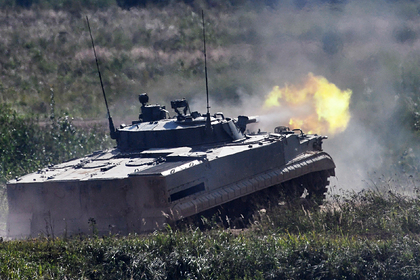The tests should end in 2022, the NPO Elektromashina reported
MOSCOW, December 27. /tass/. The power supply kit for the BMP-3, necessary for the modernization of armored vehicles, has reached the stage of preliminary tests, they should end in 2022. This was reported to TASS on Monday in the press service of JSC NPO Elektromashina, which developed the kit.
JSC NPO Elektromashina (part of the Uralvagonzavod Concern, part of Rostec State Corporation) has developed a power supply kit KEP12 for operation as part of the UTD-29 diesel engine installed in BMP-2, BMP-3, BTR-MDM, BRAM-L, BT-3F, BMD-4M, and surpassing in its characteristics the previously used power supply kit based on the VG-7500 generator. At the moment, the system is undergoing preliminary autonomous tests," the report says.
According to the preliminary forecast, the tests should end in 2022. "After successfully passing all the tests, JSC NPO Elektromashina can supply a power supply kit for mass production for Russian IFVs and foreign customers," the press service noted.
The power supply kit KEP12 is designed to increase the power-to-weight ratio of tracked vehicles. It has a power of 12 kW, 1.6 times more powerful than the kit previously used in the BMP power supply system based on the 7.5 kW VG-7500 helicopter generator. At the same time, the cooling system of the G12 generator remained the same.
"To ensure these characteristics, our specialists carried out complex electromagnetic, mechanical, thermal calculations, carried out a preliminary layout of the elements in the composition of the product and developed a power supply kit KEP12. Such enterprises as PJSC HC "Barnaultransmash", JSC "SKBM", JSC "NIISSU" expressed interest in using the kit KEP12 on combat vehicles, - the press service quoted the words of the head of the department of electric machines of JSC "NPO "Electromashina" Sergey Blagov.
The press service stressed that the power supply kit KEP12 was developed for a light tracked vehicle - BMP-3, which is in service both in Russia and abroad. At least 300-400 sets of generators per year are needed to modernize the equipment in service.

